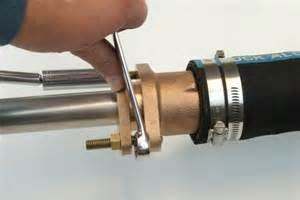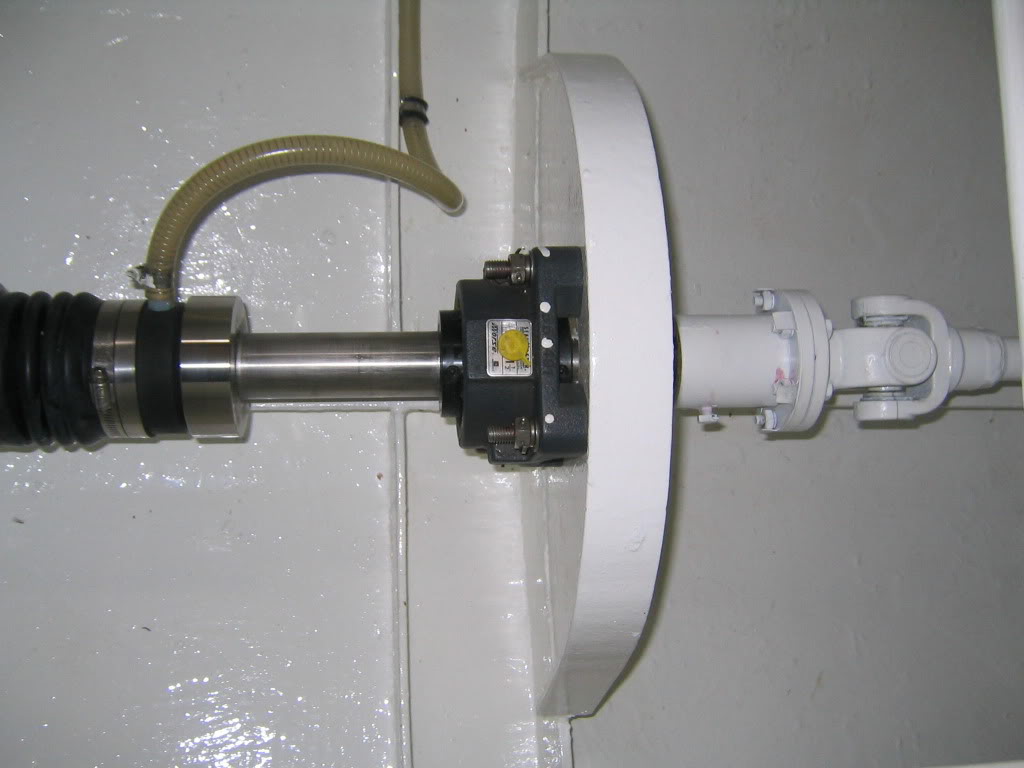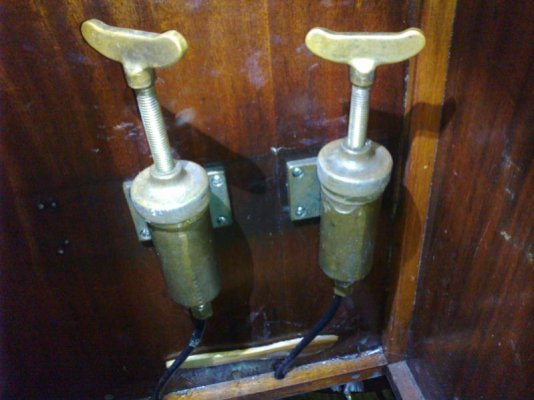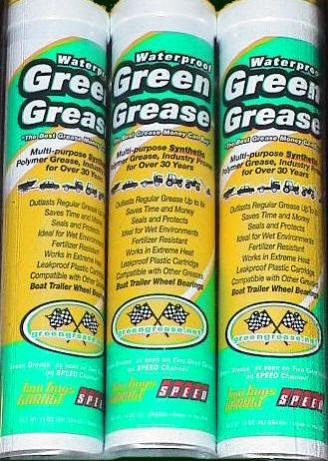lelievre12
Veteran Member
OK, as a new owner of a Cheoy Lee 66 I wanted to service the stuffing box and apply grease. However I cant see any grease nipple? 
If anyone knows about this type of stuffing box I'd be very happy to receive your advice!
Photo attached. The copper pipe routes to the exit water of the engine.

If anyone knows about this type of stuffing box I'd be very happy to receive your advice!
Photo attached. The copper pipe routes to the exit water of the engine.








